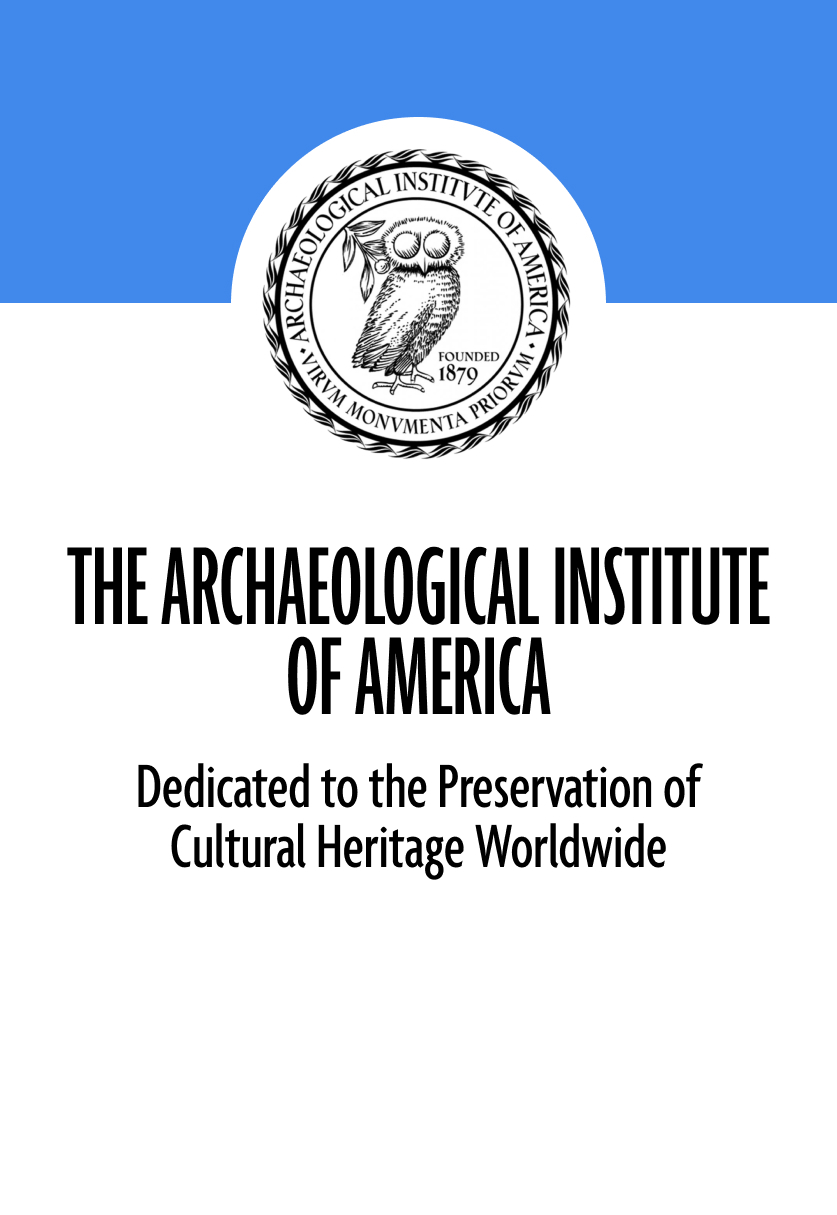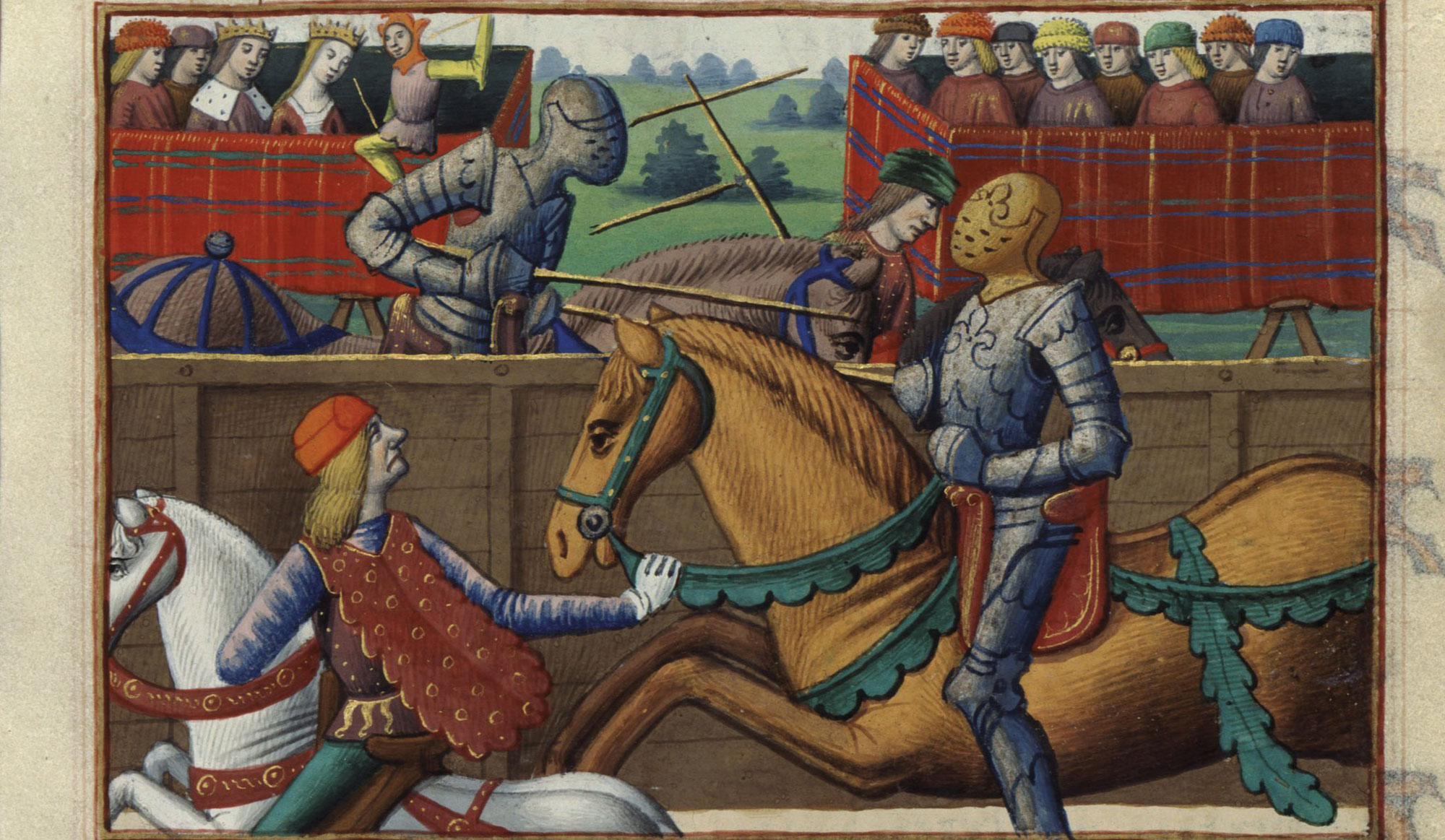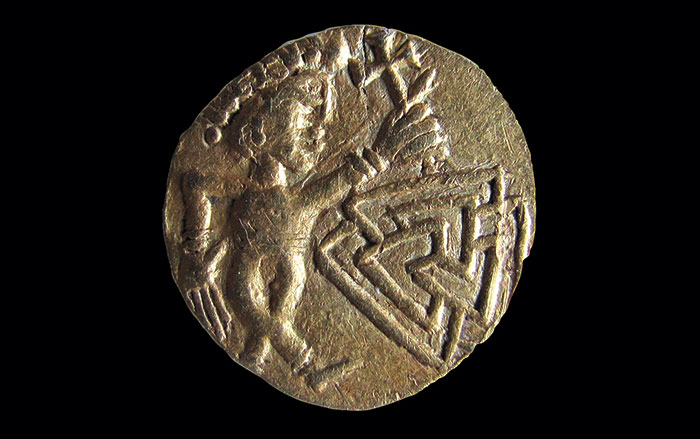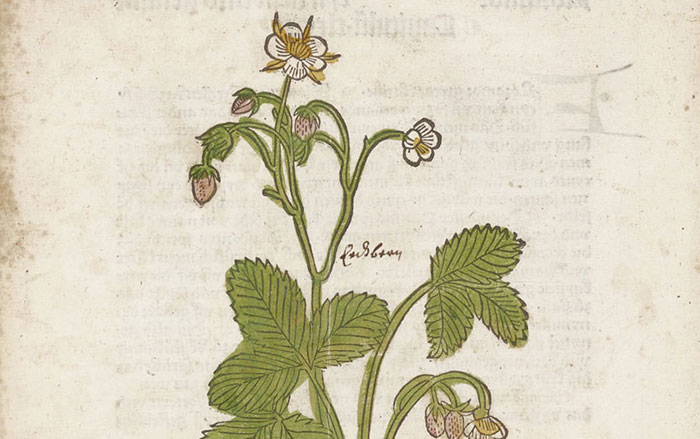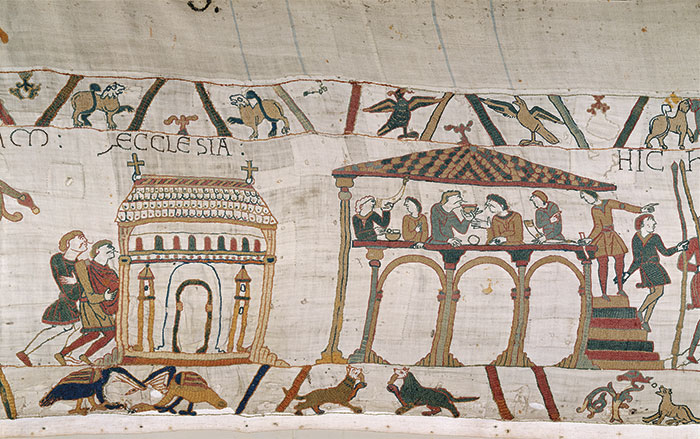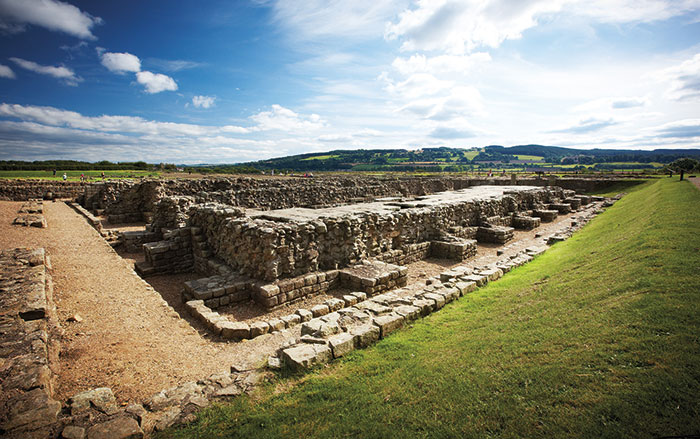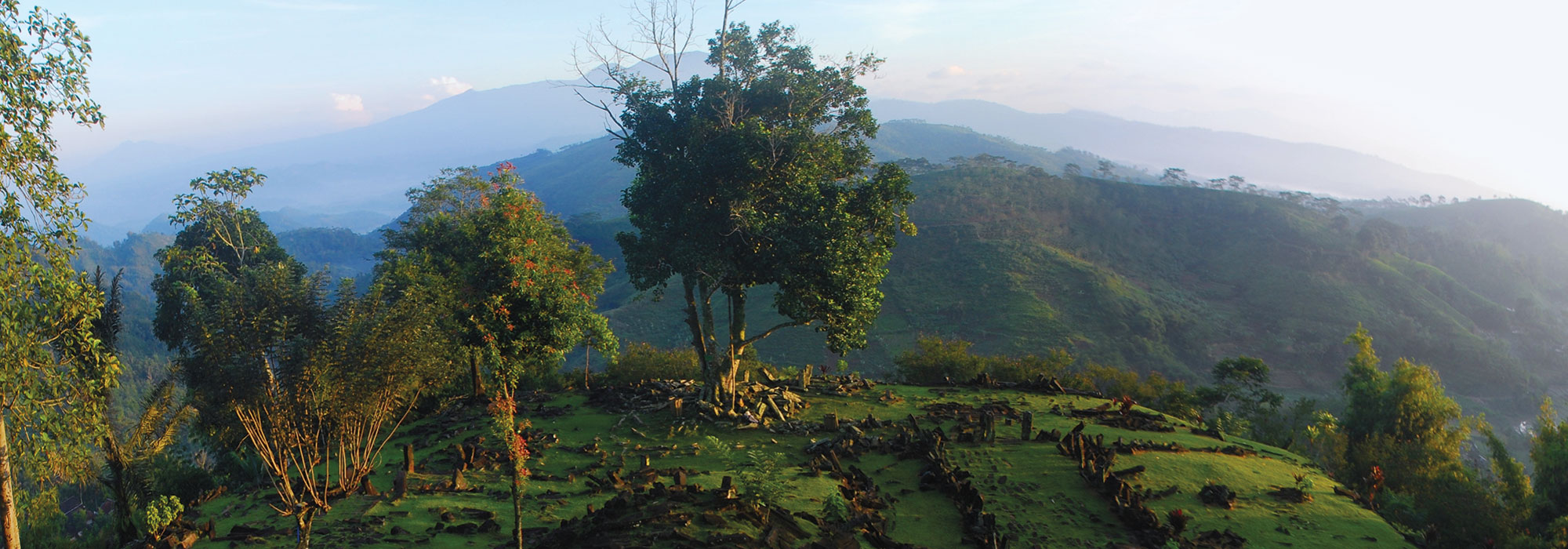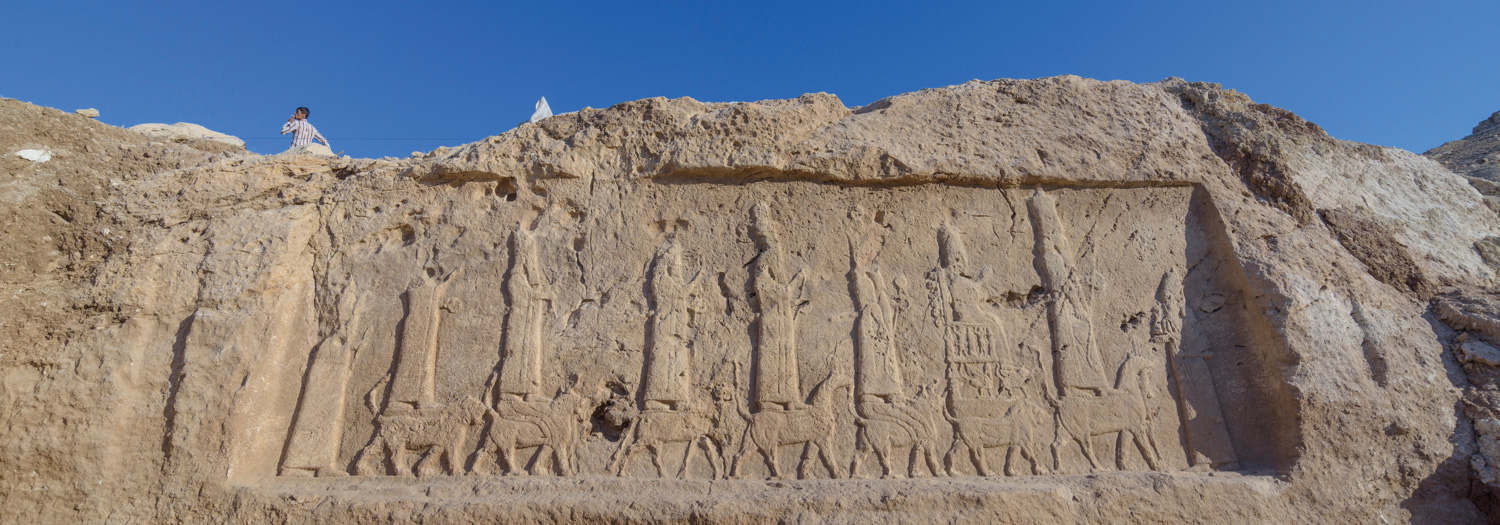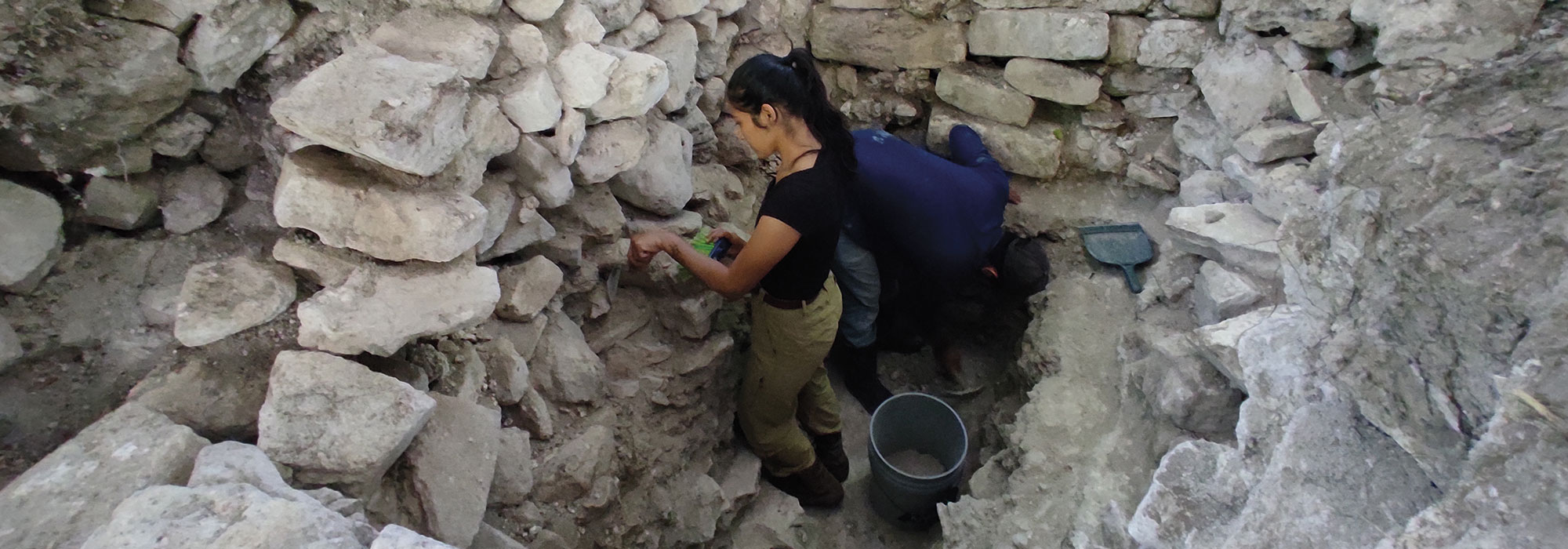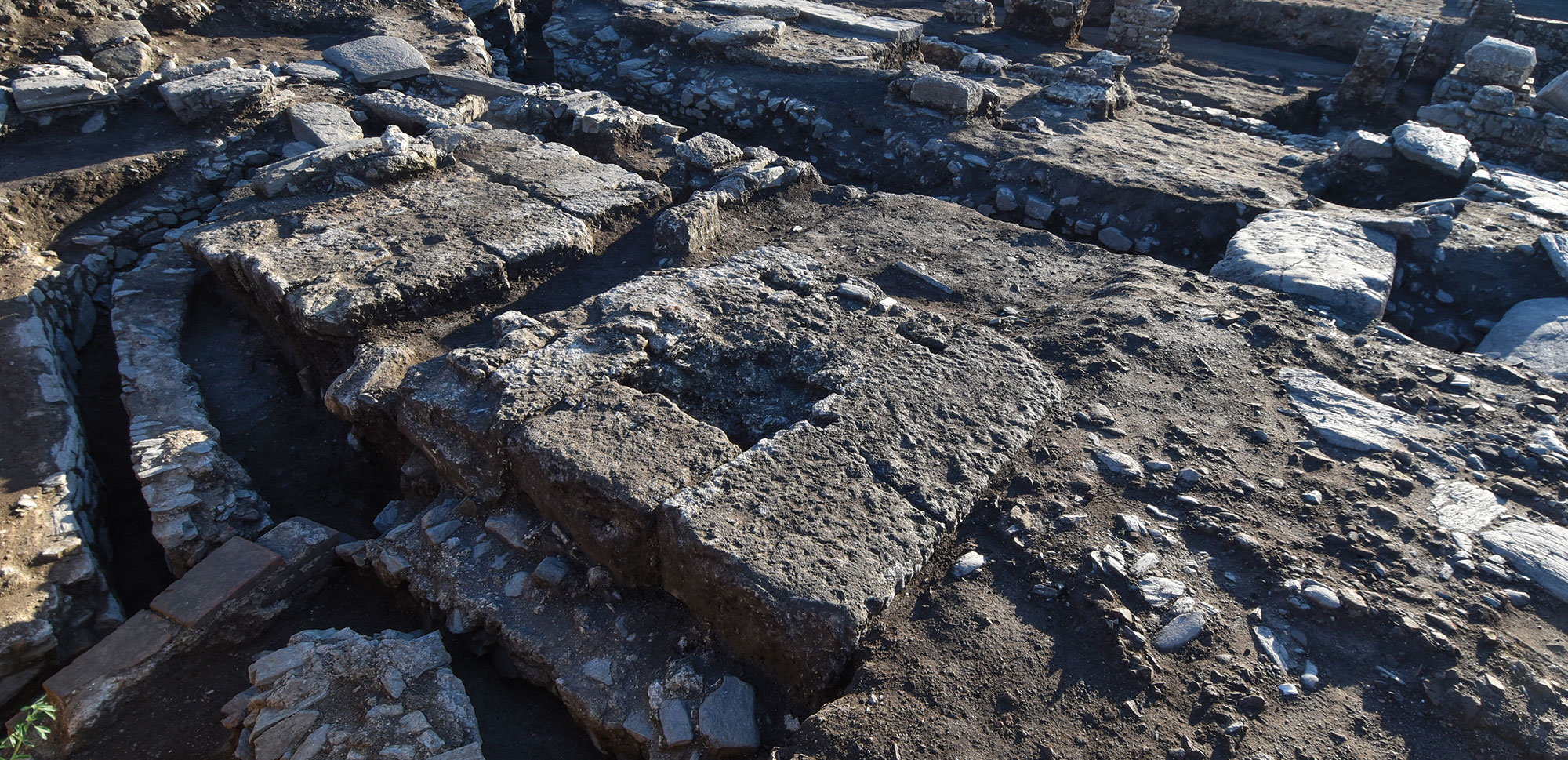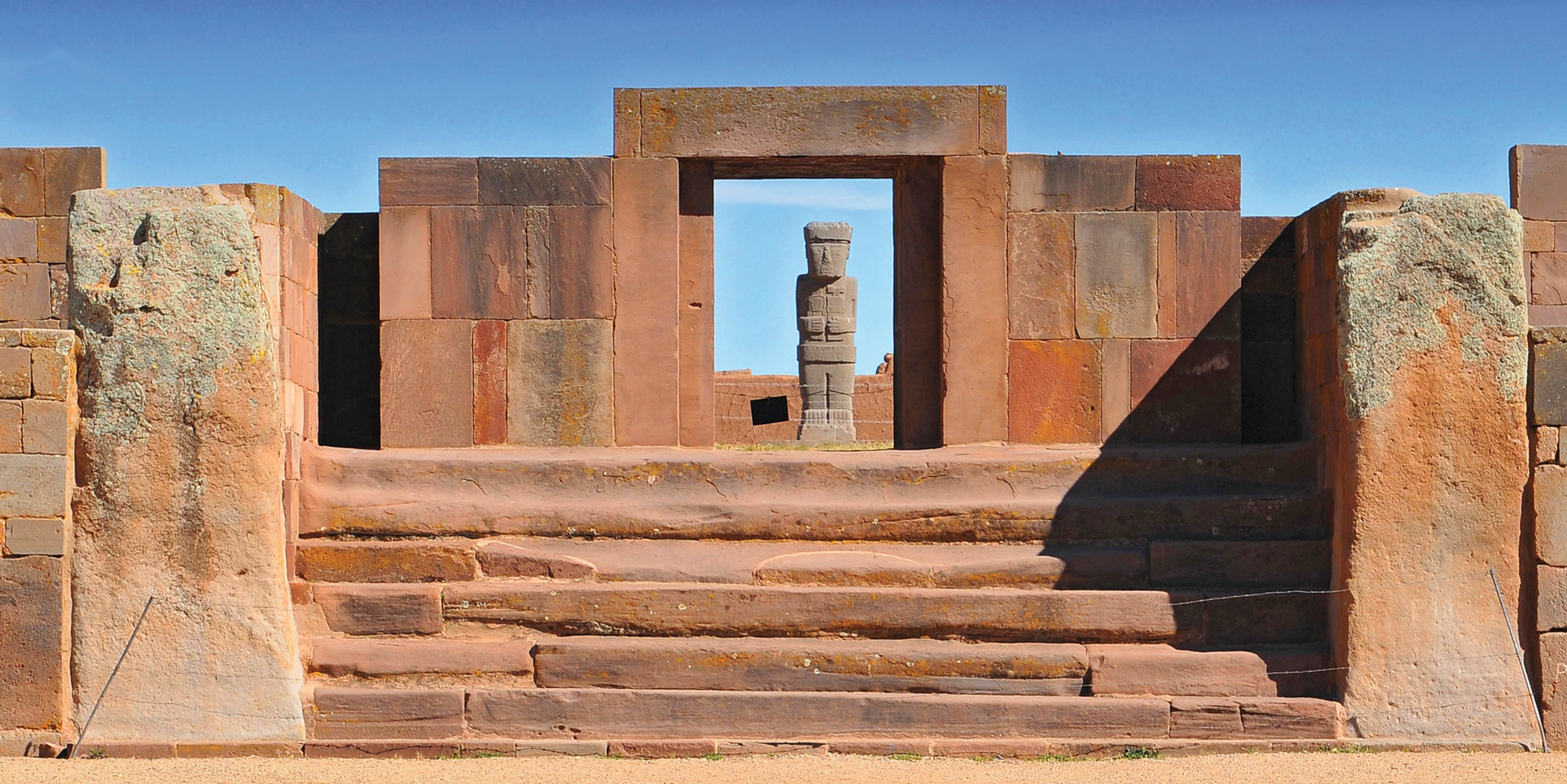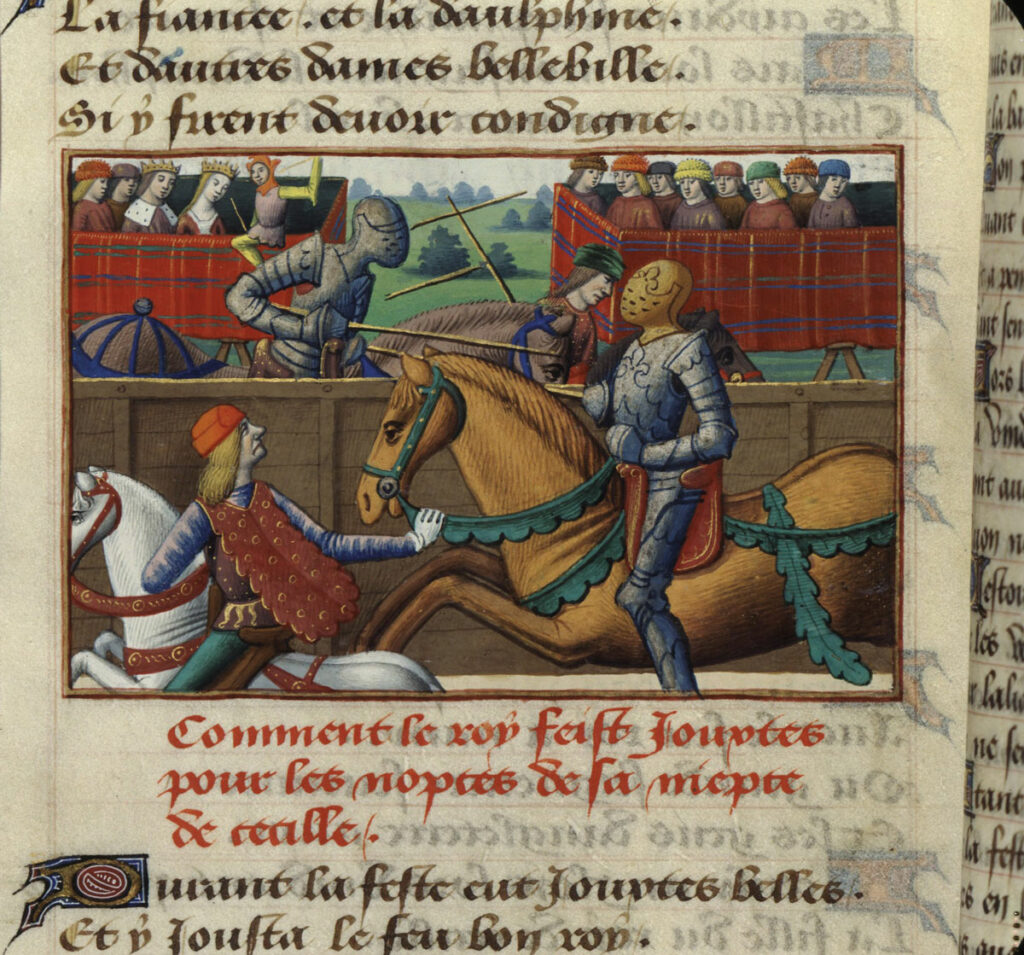
Analysis of teeth from an unusual horse burial ground in London offers a glimpse into the international trade in elite horses in the late 1400s and early 1500s. The robustness of the horses’ remains, along with the pattern of dental wear from bits they wore in their mouths, suggests these animals belonged to high-status residents of the city, who may have ridden in jousting competitions at nearby Westminster Palace, says archaeologist Oliver Creighton of the University of Exeter. As teeth and bones develop in a young animal, they record traces of their environment by absorbing isotopes, versions of the same element that differ in atomic mass, from the food and water they consume. Archaeologist Alex Pryor of the University of Exeter looked for variations in strontium and oxygen isotopes in the horses’ teeth, which provide evidence of local geology and climate, and thus offer clues as to where the horses spent their early lives. The results suggest that at least seven of the 15 horses originated outside Great Britain, in areas with colder climes. “It’s very interesting that the likely sites the horses come from aren’t the classic horse-breeding grounds,” Creighton says. At the time, locations in warmer Spain and Italy were established centers for this industry. Historical evidence suggests the horses were most likely bred on the northern flanks of the Alps.
